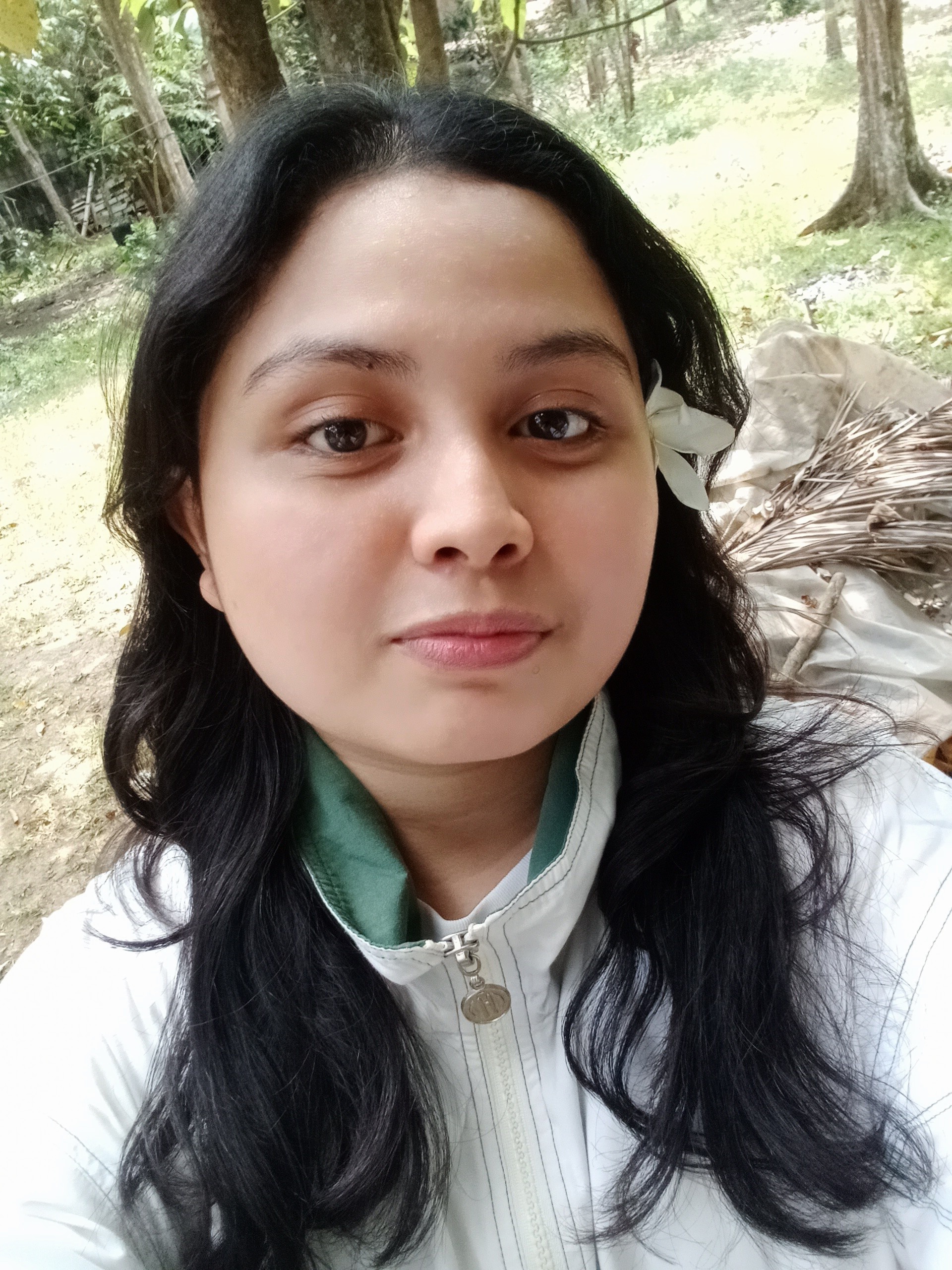CELL CYCLE
Cards (58)
- What is the process of cellular division?
- Why do cells need to divide?
- What is the original cell called before division?
- What happens to DNA before cell division?
- What are the new cells formed after division called?
- How do daughter cells compare to parent cells?
- What type of reproduction do unicellular organisms use?
- What is binary fission?
- What is an example of a unicellular organism that reproduces by budding?
- What are somatic cells?
- How many chromosomes do somatic cells contain?
- What is the primary function of somatic cells?
- What are sex cells also known as?
- What is the acrosome?
- What is the role of DNA in cells?
- What is chromatin?
- What is the centromere?
- What is the function of cohesin at the centromere?
- Why does DNA change from chromatin to chromosome?
- What is the role of helicase in DNA replication?
- What are Okazaki fragments?
- What is the function of DNA ligase?
- What is the cell cycle?
- What happens during interphase?
- What is the first growth period of the cell cycle called?
- What occurs during the S phase of interphase?
- What is the role of centrosomes during cell division?
- What is mitosis?
- What are the phases of mitosis?
- What happens during prophase of mitosis?
- What is the significance of the nuclear envelope during mitosis?
- What occurs during anaphase of mitosis?
- What is cytokinesis?
- How does cytokinesis differ in plant and animal cells?
- What is meiosis?
- What are the two successive divisions in meiosis?
- What happens during prophase I of meiosis?
- What is crossing over?
- What is the term for the points of exchange during crossing over?
- What occurs during metaphase I of meiosis?
